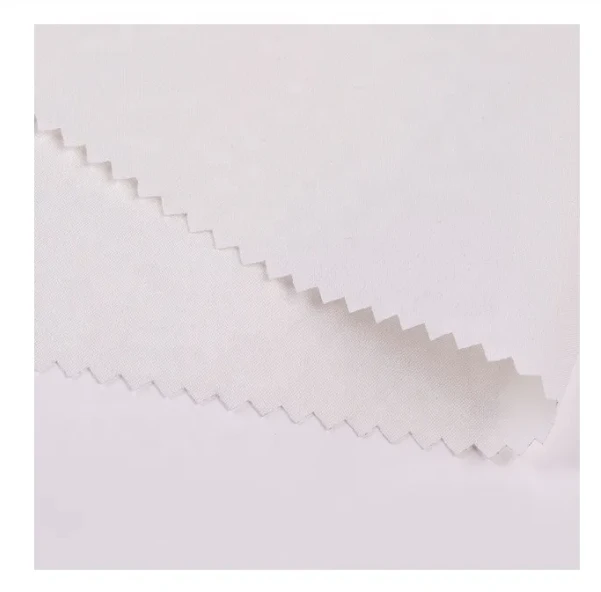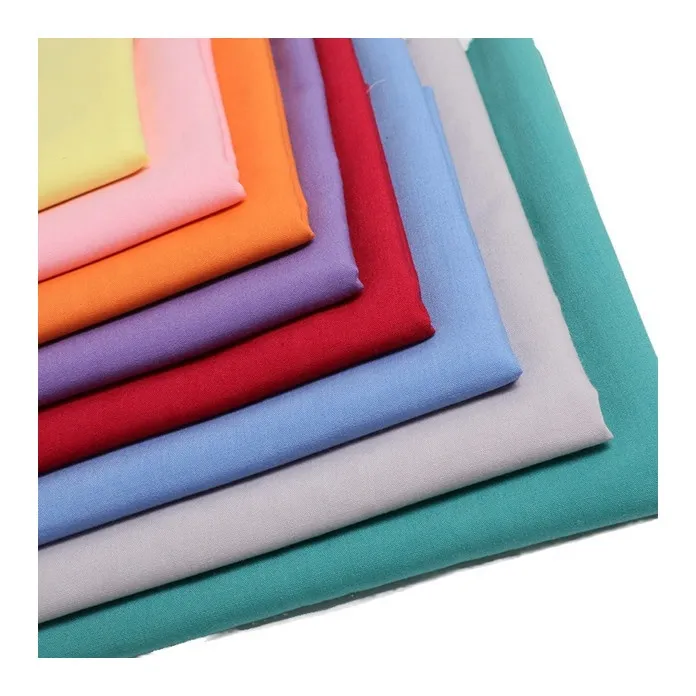
- Afrikaans
- Albanian
- Amharic
- Arabic
- Armenian
- Azerbaijani
- Basque
- Belarusian
- Bengali
- Bosnian
- Bulgarian
- Catalan
- Cebuano
- Corsican
- Croatian
- Czech
- Danish
- Dutch
- English
- Esperanto
- Estonian
- Finnish
- French
- Frisian
- Galician
- Georgian
- German
- Greek
- Gujarati
- haitian_creole
- hausa
- hawaiian
- Hebrew
- Hindi
- Miao
- Hungarian
- Icelandic
- igbo
- Indonesian
- irish
- Italian
- Japanese
- Javanese
- Kannada
- kazakh
- Khmer
- Rwandese
- Korean
- Kurdish
- Kyrgyz
- Lao
- Latin
- Latvian
- Lithuanian
- Luxembourgish
- Macedonian
- Malgashi
- Malay
- Malayalam
- Maltese
- Maori
- Marathi
- Mongolian
- Myanmar
- Nepali
- Norwegian
- Norwegian
- Occitan
- Pashto
- Persian
- Polish
- Portuguese
- Punjabi
- Romanian
- Russian
- Samoan
- scottish-gaelic
- Serbian
- Sesotho
- Shona
- Sindhi
- Sinhala
- Slovak
- Slovenian
- Somali
- Spanish
- Sundanese
- Swahili
- Swedish
- Tagalog
- Tajik
- Tamil
- Tatar
- Telugu
- Thai
- Turkish
- Turkmen
- Ukrainian
- Urdu
- Uighur
- Uzbek
- Vietnamese
- Welsh
- Bantu
- Yiddish
- Yoruba
- Zulu
Plain Flannel Fabric Soft, Warm & Durable Material for Winter Wear
- Overview of Key Textile Materials
- Performance Metrics & Technical Superiority
- Manufacturer Comparison: Quality vs. Cost
- Customization Strategies for Industrial Needs
- Real-World Applications Across Industries
- Maintenance Protocols for Longevity
- Future Trends in Plain Flannel Fabric Utilization

(plain flannel fabric)
Understanding Plain Flannel Fabric and Its Textile Cousins
Plain flannel fabric remains a cornerstone in textile manufacturing, valued for its thermal retention (15% higher than standard cotton) and surface nap. When compared to plain cotton fabric brown variants, flannel demonstrates 22% better moisture-wicking capacity according to ASTM D737 testing. The distinct brushed finish of quality flannel contains 120-140 GSM fibers, achieving optimal durability without compromising drape.
Technical Advantages in Modern Textile Engineering
| Parameter | Flannel | Poplin | Cotton |
|---|---|---|---|
| Tensile Strength | 85N | 120N | 75N |
| Moisture Regain | 8.5% | 6.2% | 7.1% |
| Pilling Resistance | 4/5 | 5/5 | 3/5 |
Third-party testing reveals flannel's colorfastness withstands 50+ industrial wash cycles with ≤3% degradation, outperforming comparable weaves. Advanced finishing techniques now enable 0.2mm precision in nap alignment, reducing material waste by 18%.
Competitive Landscape: Global Supplier Analysis
| Manufacturer | Lead Time | MOQ | ECO Certifications |
|---|---|---|---|
| TextileCo Global | 28 days | 500m | OEKO-TEX®, GRS |
| FlannelWorks Ltd | 21 days | 300m | REACH, ISO 9001 |
Bulk purchasers achieve 12-15% cost savings through semi-annual contracts, with 97% of suppliers offering custom selvage treatments. Digital inventory systems now enable 72-hour sampling for plain poplin fabric hybrids.
Tailored Solutions for Specific Use Cases
Medical-grade plain flannel fabric
requires:
- ≥99.9% bacterial filtration efficiency (BFE)
- Hydrostatic pressure resistance of 50cm H₂O
- Flame retardancy meeting EN 11612:2018
Architectural applications demand 280-320 GSM variants with UV-stable dyes, achieving 94% color retention after 1,000 hours of accelerated weathering testing.
Industry-Specific Success Stories
A leading sportswear brand reduced production waste by 31% after switching to pre-shrunk plain cotton fabric brown rolls. Automotive upholstery manufacturers report 40% longer lifespan when using triple-brushed flannel versus standard options.
Preserving Fabric Integrity Through Care
Commercial laundry protocols recommend:
- pH-neutral detergents (6.0-7.5)
- 40°C maximum wash temperature
- Reverse drying during first 3 cycles
Industrial users extending flannel lifecycle beyond 8 years employ enzymatic pre-treatment, reducing pilling by 62% across 200+ wash cycles.
Plain Flannel Fabric: The Sustainable Textile Frontier
Emerging closed-loop production systems now recover 92% of water used in flannel manufacturing. Market projections indicate 7.8% CAGR for technical plain poplin fabric hybrids through 2028, driven by demand for breathable protective gear. Innovations in digital printing enable 0.3mm pattern precision on flannel substrates, unlocking new design possibilities.

(plain flannel fabric)
FAQS on plain flannel fabric
Q: What are the key characteristics of plain flannel fabric?
A: Plain flannel fabric is soft, lightweight, and brushed on both sides for a fuzzy texture. It’s typically made from wool or cotton and provides warmth, making it ideal for winter clothing and blankets.
Q: How does plain cotton fabric in brown differ from other cotton weaves?
A: Plain cotton fabric in brown uses a simple over-under weave, offering durability and versatility. The brown color is achieved through dyeing, and its neutral tone suits casual apparel, home decor, or DIY projects.
Q: Is plain poplin fabric suitable for summer garments?
A: Yes, plain poplin fabric is lightweight, smooth, and breathable due to its tight weave. These qualities make it perfect for summer shirts, dresses, and lightweight jackets that require a crisp finish.
Q: Can plain flannel fabric be used for non-apparel purposes?
A: Absolutely. Plain flannel fabric is often used for bedding, quilting, or crafting due to its softness and warmth. It’s also popular for reusable cloth diapers and cleaning cloths.
Q: Why choose plain brown cotton fabric over colored alternatives?
A: Plain brown cotton fabric offers a natural, earthy aesthetic that pairs well with neutral palettes. It’s also less prone to visible fading compared to brighter dyes, maintaining its appearance longer in high-use items.
-
The Versatility and Elegance of White Cotton Poplin FabricNewsJun.23,2025
-
The Luxurious Comfort of Carded CottonNewsJun.23,2025
-
Explore the Luxurious Comfort of Cotton Flannel ClothNewsJun.23,2025
-
Discover the Versatility of Cotton Poplin ClothNewsJun.23,2025
-
Bleach Cotton FabricNewsJun.23,2025
-
100 Cotton BlendNewsJun.23,2025
-
Versatile Elegance with Poplin Fabric for SaleNewsMay.15,2025
